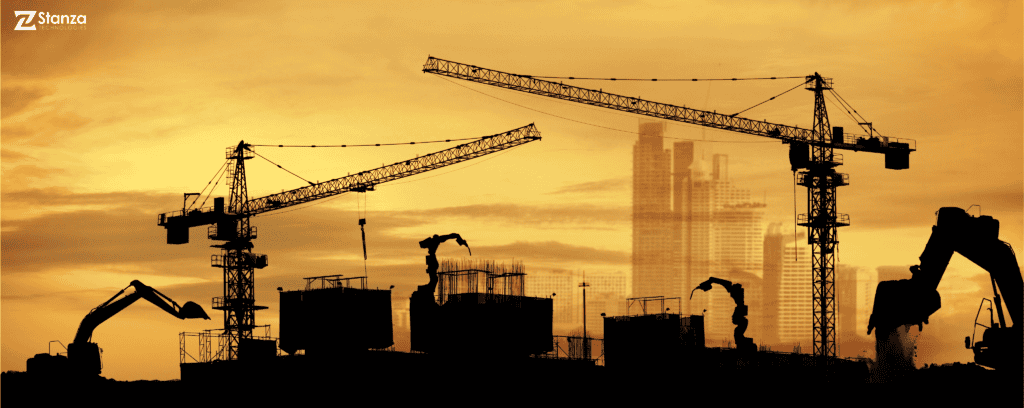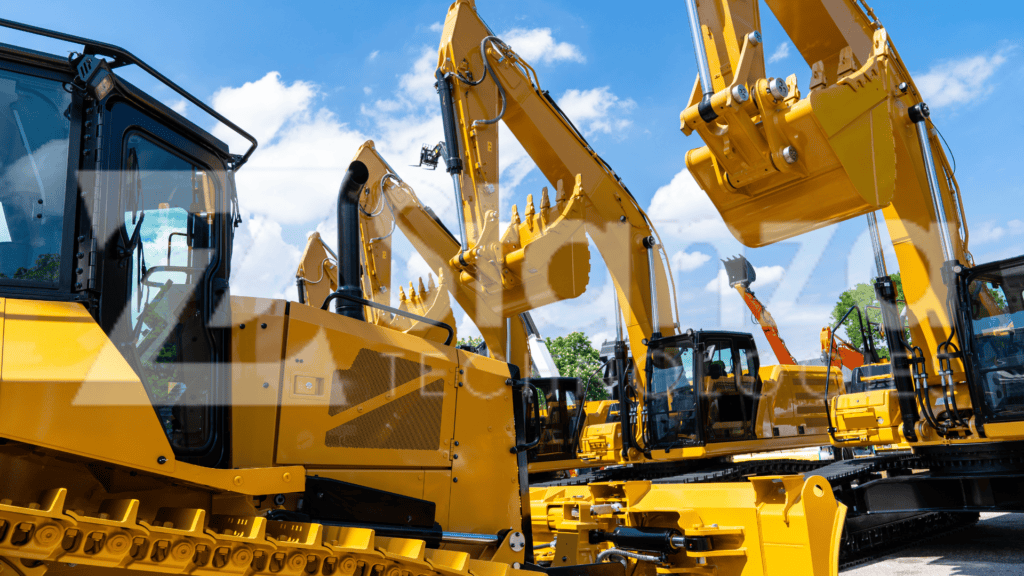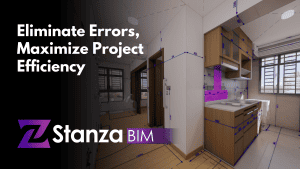Current Machinery Landscape in the Construction Industry
The construction industry has significantly transformed recently, with technological advancements reshaping project execution. Heavy machinery plays a pivotal role in construction, facilitating tasks that would otherwise be labor-intensive and time-consuming. Examples of such machinery include excavators, bulldozers, cranes, and loaders. These powerful machines have become synonymous with efficiency and productivity on construction sites worldwide.
Emission Challenges and Environmental Impact
While construction machinery has undoubtedly improved efficiency, it has also contributed to environmental challenges, primarily through emissions. Traditional construction equipment, often powered by diesel engines, releases pollutants such as nitrogen oxides (NOx) and particulate matter into the atmosphere. These emissions can have detrimental effects on air quality, contributing to respiratory issues and environmental degradation. Additionally, the carbon footprint associated with producing and using fossil fuels in these machines adds to the industry’s environmental impact.
Electric-Powered Machines as the Future
Acknowledging the environmental issues linked to traditional machinery, the construction sector is progressively embracing electric-powered alternatives. Electric construction machinery operates on clean energy, usually from electricity grids or renewable sources like solar and wind power. Electric machines offer a promising solution to mitigate the environmental impact of construction activities, providing a more sustainable and eco-friendly option for the industry.
Benefits of Investing in Electric Machinery
Investing in electric construction machinery presents numerous advantages for construction companies and the environment.
a. Reduced Emissions: Electric machines produce little to no emissions at the point of use, contributing to improved air quality and a healthier working environment for construction workers.
b. Lower Operating Costs: Although the initial investment in electric machinery may be higher, operating costs tend to be lower due to the efficiency of electric motors, fewer maintenance requirements, and potential government incentives for adopting green technologies.
c. Energy Efficiency: Electric machines often boast higher energy efficiency than their traditional counterparts. Regenerative braking, for example, allows these machines to recover and reuse energy during operation, further reducing overall energy consumption.
d. Noise Reduction: Electric construction machinery tends to be quieter than diesel-powered equipment, reducing noise pollution on construction sites and minimizing disruptions to nearby communities.

As the construction industry evolves, transitioning towards electric-powered machinery emerges as a crucial step in fostering sustainability. Electric construction machinery’s environmental and operational benefits make it a compelling choice for forward-thinking companies. By embracing these innovations, the construction sector can contribute to a greener future while maintaining the efficiency and productivity essential for building the infrastructure of tomorrow.










